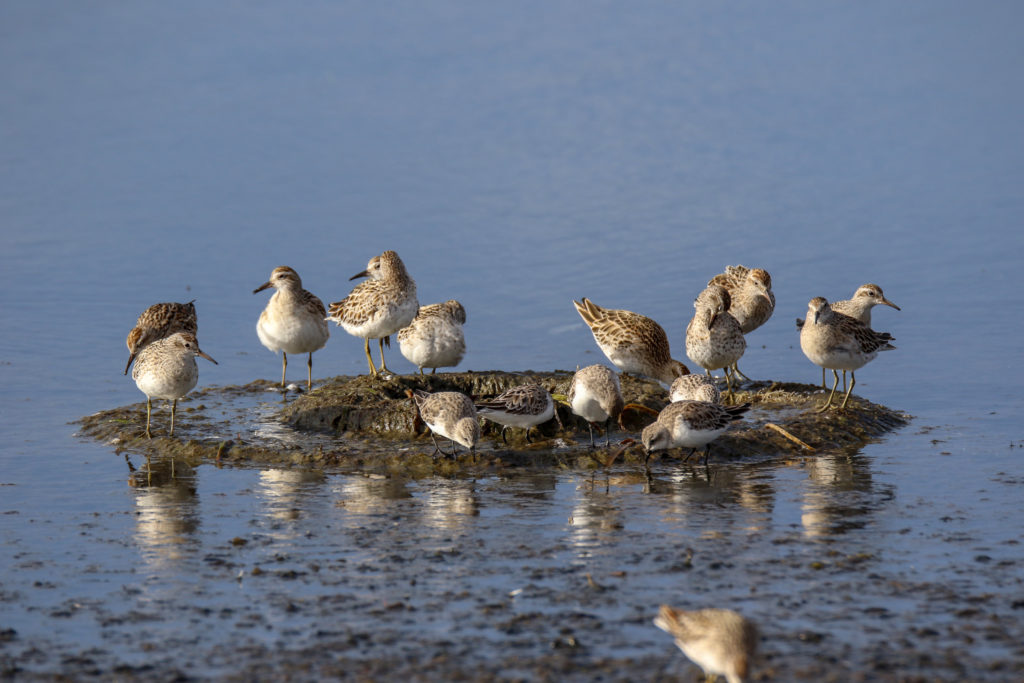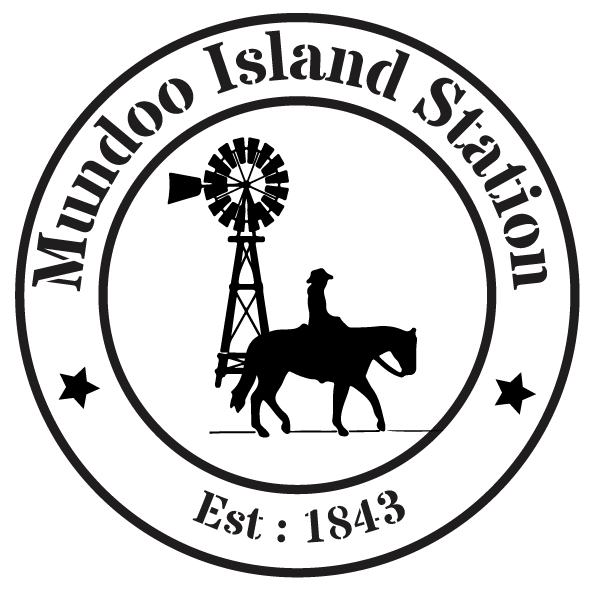Our Coorong shorelines are currently playing host to a number of shorebirds, including many migratory birds that have flown up to 10,000km to feed during our summer. The annual migration is an important part of many migratory bird species’ lifecycle. The birds come to our shores to feed and double their body weight before flying back to their breeding grounds in Alaska, Siberia and a number of other areas that freeze during the northern winter.
A number of bird species take the East Asian Australasian Flyway to arrive at our shores. Central to this route is the Yellow Sea where the mudflats, which provide a refuge area and food source, have been under great pressure due to adverse human impact.
Birdlife.org: BirdLife International celebrates the decision of the World Heritage Committee to inscribe key sites along China’s Yellow Sea coastline on the World Heritage List. We would like to congratulate the government of China for its central role in conserving the Yellow Sea and for helping secure the conservation of waterbirds across the entire East Asian-Australasian Flyway. China’s role, which has been confirmed by the World Heritage Committee, will be welcomed across the flyway by nations and people who share the waterbirds that use the Yellow Sea, as part of a shared and collective natural heritage.
The Yellow Sea is at the centre of the East Asian–Australasian Flyway, a migration ‘super highway’ which supports the world’s greatest overall numbers, diversity, and number of threatened species of migratory waterbirds. It links the waterbird populations of more than 22 countries and serves as the most important staging area for migratory waterbirds birds along the flyway.
Wetlands.org: The first parts of the world’s largest intertidal mudflat ecosystem and its fringing marshes on the Yellow Sea, China, have received UNESCO World Heritage status in July 2019.
With the help of Wetlands International, and other conservation partners, two significant parts of the region were late last month officially inscribed in the list of UNESCO World Heritage Sites as, “Migratory Bird Sanctuaries along the Coast of the Yellow Sea-Bohai Gulf of China (Phase I)” at the 43rd session of the World Heritage Committee of United Nations Educational, Scientific and Cultural Organization (UNESCO) in Azerbaijan.
The announcement is a victory for the protection of these wetlands, their wildlife and the communities they support, helping raise their conservation profile to a global stage. It also recognises the steps the Chinese government has taken to protect and restore coastal wetlands, especially over the last year.
The wetland habitats support millions of waterbirds, hosting at least 17 cross-continental migratory bird species on the IUCN Red List, including the critically endangered Spoon-billed Sandpiper, endangered Black-faced Spoonbill, Oriental Stork, Red-crowned Crane, Great Knotand Nordmann’s Greenshank, and the vulnerable Saunders’s Gull.
Around 80% of the world’s Red-crowned Crane population and more than 90% of the remaining Spoon-billed Sandpiper population as well as significant populations of the threatened Far-eastern Curlew and Great Knot depend on the marshes and the associated intertidal mudflats. All these species use the region as a staging point on their migrations or during the non-breeding periods.
Our Mundoo Island Station shorelines provide feeding grounds and refuge for a number of migratory shorebird species. Book a birdwatching tour during our summer months to see these amazing birds in their natural habitat. You are bound to see Sharp tailed sandpipers, Red necked stint and hopefully Curlew sandpipers and Bar tailed godwits amongst many other shorebirds.

Sharp tailed sandpipers & Red necked stint in the Coorong (Photo: Sally Grundy)
Migratory shorebirds arrive on our shores …
By Sally Grundy on Thursday, December 12th, 2019 in Uncategorized. No Comments
Our Coorong shorelines are currently playing host to a number of shorebirds, including many migratory birds that have flown up to 10,000km to feed during our summer. The annual migration is an important part of many migratory bird species’ lifecycle. The birds come to our shores to feed and double their body weight before flying back to their breeding grounds in Alaska, Siberia and a number of other areas that freeze during the northern winter.
A number of bird species take the East Asian Australasian Flyway to arrive at our shores. Central to this route is the Yellow Sea where the mudflats, which provide a refuge area and food source, have been under great pressure due to adverse human impact.
Birdlife.org: BirdLife International celebrates the decision of the World Heritage Committee to inscribe key sites along China’s Yellow Sea coastline on the World Heritage List. We would like to congratulate the government of China for its central role in conserving the Yellow Sea and for helping secure the conservation of waterbirds across the entire East Asian-Australasian Flyway. China’s role, which has been confirmed by the World Heritage Committee, will be welcomed across the flyway by nations and people who share the waterbirds that use the Yellow Sea, as part of a shared and collective natural heritage.
The Yellow Sea is at the centre of the East Asian–Australasian Flyway, a migration ‘super highway’ which supports the world’s greatest overall numbers, diversity, and number of threatened species of migratory waterbirds. It links the waterbird populations of more than 22 countries and serves as the most important staging area for migratory waterbirds birds along the flyway.
Wetlands.org: The first parts of the world’s largest intertidal mudflat ecosystem and its fringing marshes on the Yellow Sea, China, have received UNESCO World Heritage status in July 2019.
With the help of Wetlands International, and other conservation partners, two significant parts of the region were late last month officially inscribed in the list of UNESCO World Heritage Sites as, “Migratory Bird Sanctuaries along the Coast of the Yellow Sea-Bohai Gulf of China (Phase I)” at the 43rd session of the World Heritage Committee of United Nations Educational, Scientific and Cultural Organization (UNESCO) in Azerbaijan.
The announcement is a victory for the protection of these wetlands, their wildlife and the communities they support, helping raise their conservation profile to a global stage. It also recognises the steps the Chinese government has taken to protect and restore coastal wetlands, especially over the last year.
The wetland habitats support millions of waterbirds, hosting at least 17 cross-continental migratory bird species on the IUCN Red List, including the critically endangered Spoon-billed Sandpiper, endangered Black-faced Spoonbill, Oriental Stork, Red-crowned Crane, Great Knotand Nordmann’s Greenshank, and the vulnerable Saunders’s Gull.
Around 80% of the world’s Red-crowned Crane population and more than 90% of the remaining Spoon-billed Sandpiper population as well as significant populations of the threatened Far-eastern Curlew and Great Knot depend on the marshes and the associated intertidal mudflats. All these species use the region as a staging point on their migrations or during the non-breeding periods.
Our Mundoo Island Station shorelines provide feeding grounds and refuge for a number of migratory shorebird species. Book a birdwatching tour during our summer months to see these amazing birds in their natural habitat. You are bound to see Sharp tailed sandpipers, Red necked stint and hopefully Curlew sandpipers and Bar tailed godwits amongst many other shorebirds.

Sharp tailed sandpipers & Red necked stint in the Coorong (Photo: Sally Grundy)

Leave a Reply